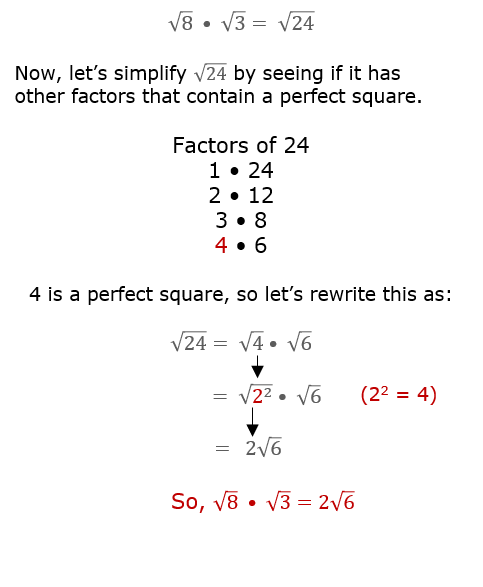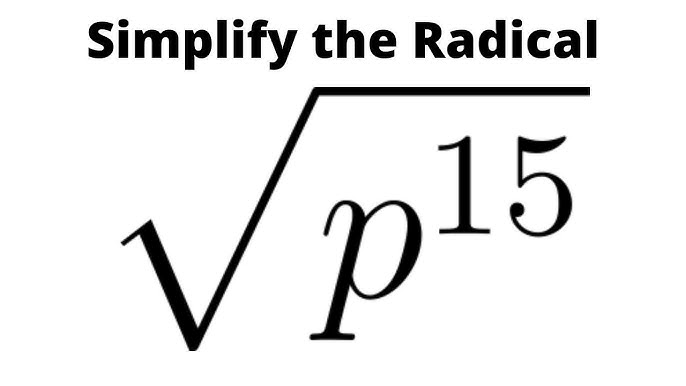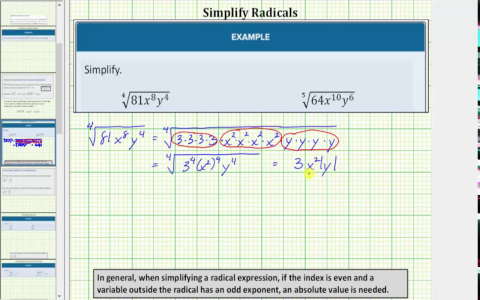My Process Figuring Out the Radical of 15
Alright, so I decided to spend a bit of time today looking into this thing people call the ‘radical’ of a number. Sounded interesting enough. Picked a simple number to start, just wanted to get my hands dirty, you know? Went with 15.

First off, I had to wrap my head around what finding the ‘radical’ actually meant. From what I gathered, it’s basically like stripping a number down to its core prime ingredients, but you only list each unique ingredient once. No repeats allowed. For 15, that seemed pretty manageable.
So, I started breaking 15 down into its prime factors. The usual drill:
- Checked if 2 goes into 15. Nope, 15’s an odd number, so that was a quick no.
- Tried the next prime, which is 3. Yep, 15 divides by 3 perfectly, gives you 5. Good.
- Then looked at the result, 5. Is 5 prime? Yeah, it is. Only 1 and 5 divide into it evenly.
So, the prime factors I got for 15 were just 3 and 5. Nice and simple. No doubles or anything fancy like you might get with, say, 8 (which is 2 2 2) or 12 (2 2 3).
Okay, next step for the radical thing. My understanding was: you take all the different prime factors you found and multiply them together just once.
For 15, the different prime factors were just 3 and 5.

So, I just multiplied them: 3 5.
Which, obviously, equals 15.
So there it was. The radical of 15 is… 15. Felt a bit weird, like I went in a circle. But that was the process I followed, step by step. It worked out. Some numbers are just straightforward like that, I guess. Didn’t take long, but felt good to work through it myself. Practice done for the day on that front.
